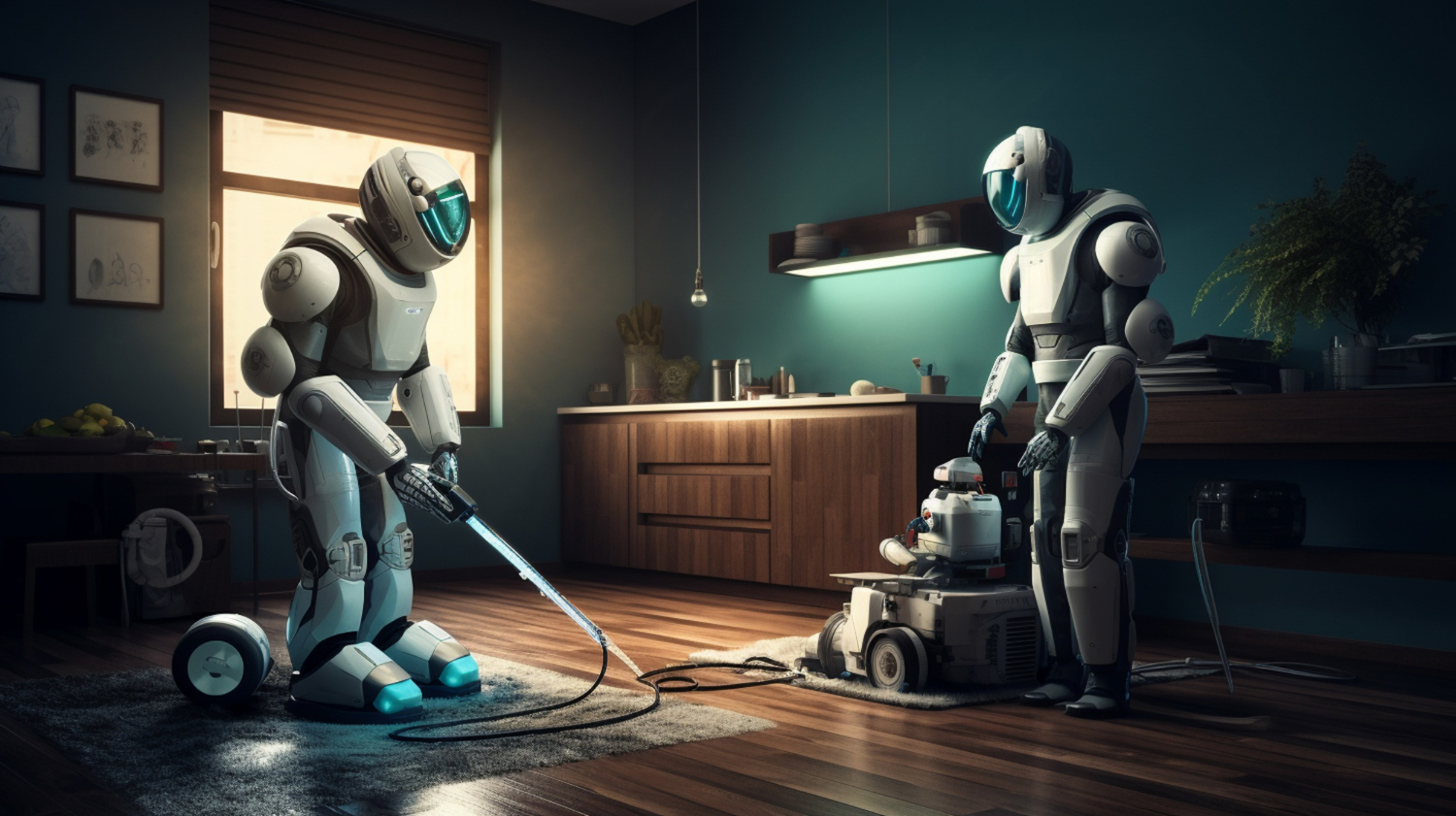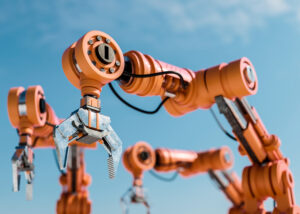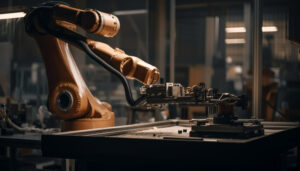Introduction
In the ever-changing environment of robotics, two separate categories have grown up at the center of technological innovation: humanoid vs Cobots , also known as collaborative robots.
As industries push for improved productivity and output, competition and collaboration among these robotic theories speed up.
Both humanoid robots and cobots have the overpowering goal of helping humans with different jobs, but their basic differences in design, working, and application create an amazing tale of advancement in technology.
Let’s look at the complicated nature of humanoid robots and cobots, and how they manage a changing landscape of automation and human-robot collaboration.
1. What is a Humanoid Robot?
- Humanoid robots, with their human design, represent the merging of technology and creativity.
- These robots not only mimic humans, but they also mimic human movements and behaviors using modern sensors and artificial intelligence.
- Humanoid robots such as ASIMO and Pepper, which were previously only seen in science fiction, have now found real-world uses.
- In healthcare, humanoid robots can help with patient care, prescription alerts, and even therapy exercises.
- Their human-like look and interaction abilities make them ideal for tasks requiring a more kind touch, such as customer service and friendship.
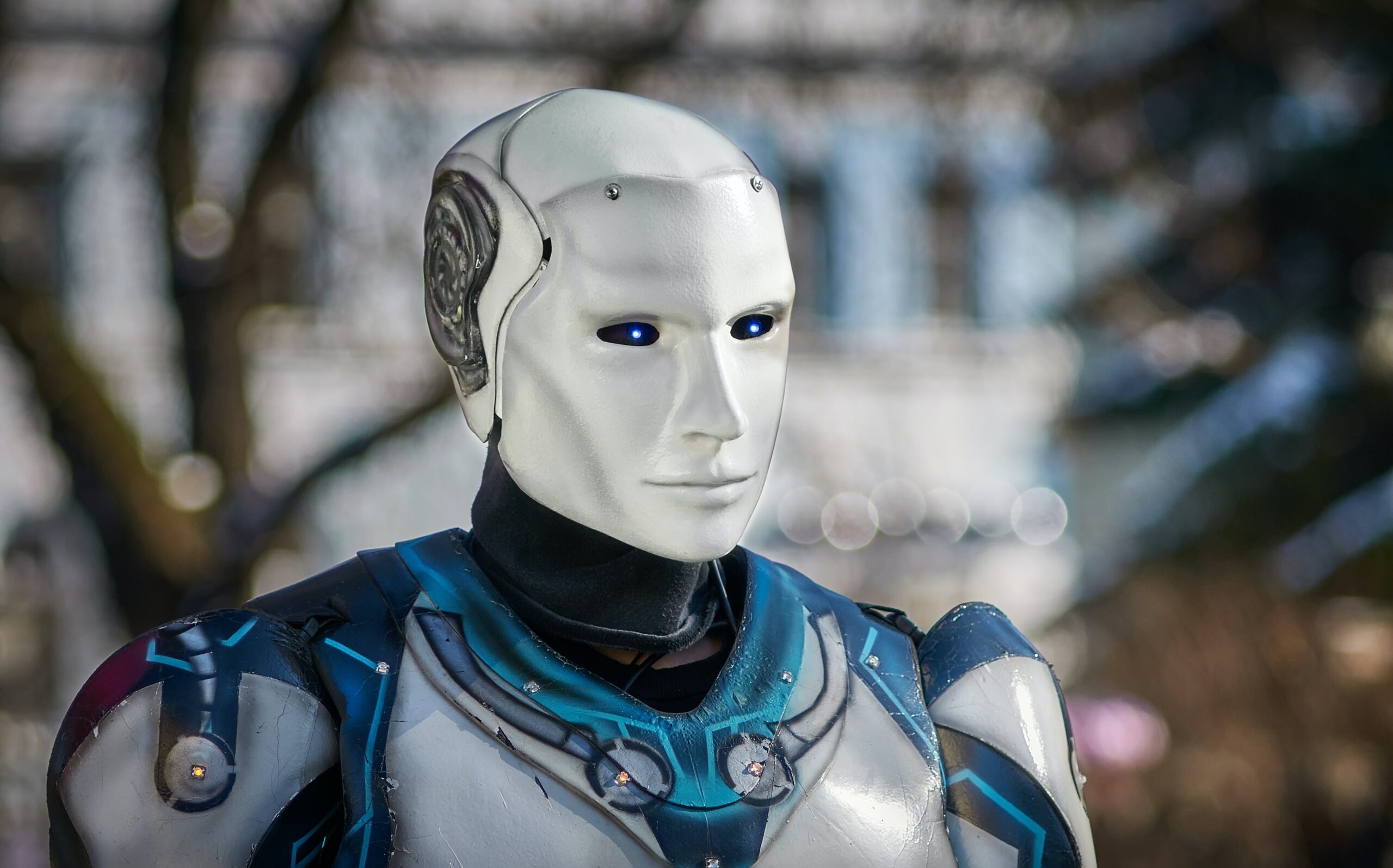
2. What is a Cobot?
- Collaborative robots (cobots) represent an evolutionary jump in robotics.
- Unlike humanoid robots, cobots have the goal to collaborate with people in collaborative workspaces.
- Cobots, which are equipped with advanced sensors and safety measures, prioritize collaboration, boosting productivity while maintaining safety.
- This collaborative approach is especially useful in areas such as logistics and manufacturing.
- Cobots, such as those from Universal Robots, are designed to perform repetitive tasks like assembly and packaging, free up human workers for more advanced and mental jobs.
- The focus on safety measures, such as force-limiting technology, ensures that cobots can operate in close approach to humans without causing harm.
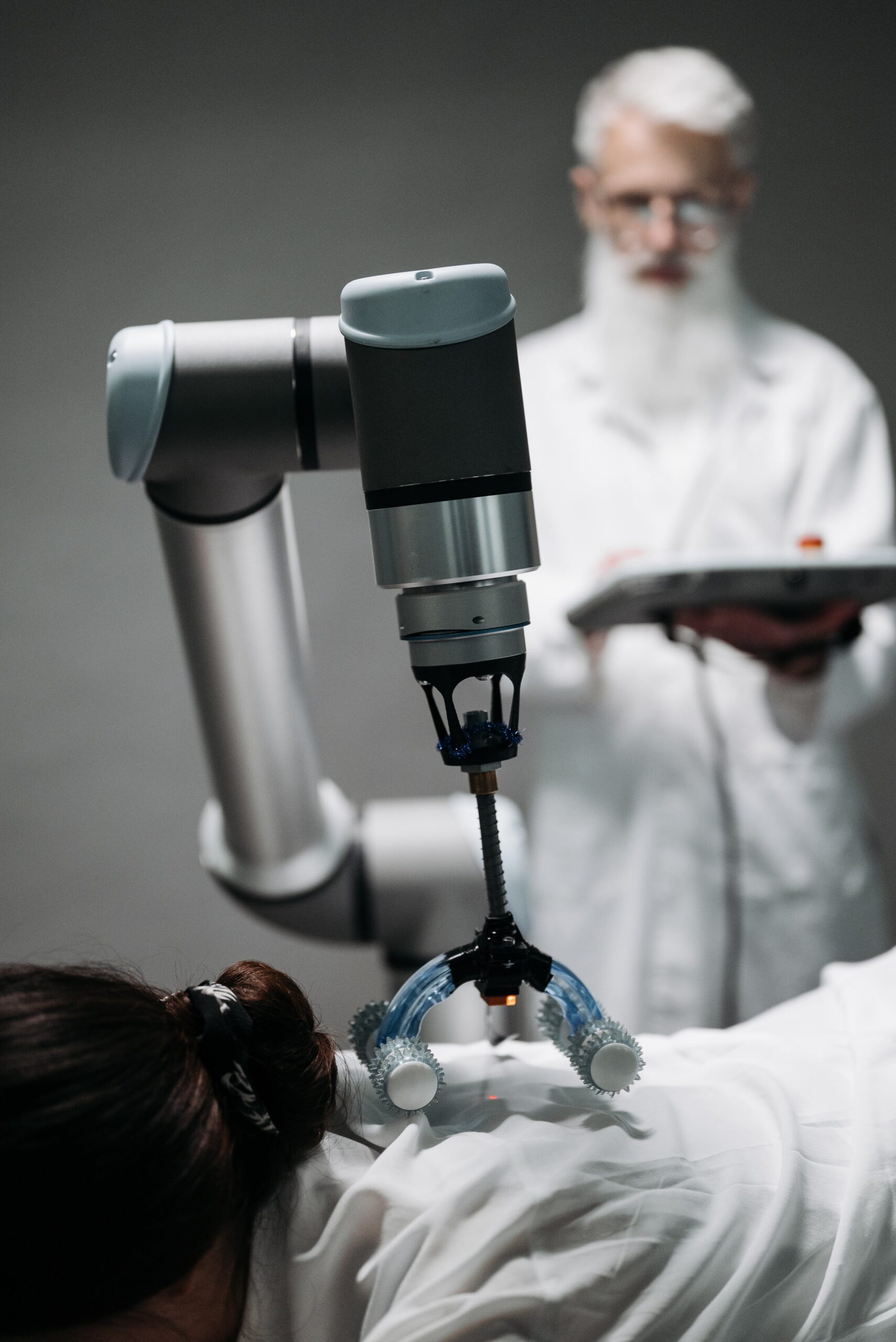
3. Main Differences and Advantages of Humanoid vs Cobots
1. Design and Purpose: Humanoid robots are designed to duplicate human form and behavior and perform activities that need human-like interaction.
Cobots encourage interaction between people in shared workspaces, focusing on security and productivity.
2. Applications: Cobots boost productivity, minimize human boredom, and enhance industrial quality.
Humanoid robots develop at social situations and tasks that require a more human-like touch, making them useful in scenarios where personal connections are important.
3. Appearance and Functionality: Humanoid robots aim to achieve a combination between human-like look and practical capabilities.
Cobots promote usefulness over looks, stressing speed and safety in collaborative work settings.
4. Problems and factors of Humanoid vs Cobots
1. Humanoid Robots:
- Stability and handling limitations in humanoid robots may limit their capabilities in specific applications.
- Continuous development is required to improve the stability and physical capabilities of humanoid robots.
2. Cobots:
- Cobots create challenges in human-robot collaboration, needing improved sensors and algorithms for real-time responses.
- Adaptability to multiple work contexts is critical for effective integration into various businesses.
3. Ethical Issues:
- Both technologies generate worries about employment movement, privacy, and social relations.
- Proactive procedures and principles of ethics are required for the responsible use and application of these technologies.
4. Technological Evolution:
- Both humanoid robots and cobots require continuous developments to overcome obstacles and improve capability.
- Continuous research and development is required to remain ahead of the curve and make sure these technologies evolve ethically.
5. Perspectives for the future of Humanoid vs Cobots
The coming years of robotics, particularly in the area of humanoid robots and cobots, offers many fascinating prospects:
1.Improved Connectivity of Humanoid Robots:
- Humanoid robots, with the capacity to provide highly customized interactions, have the potential to become an important part of our daily lives.They might act as personal assistants.
- Assisting with duties ranging from home chores to more advanced ones such as personal healthcare.
- With continued technical breakthroughs, humanoid robots are anticipated to become increasingly common in a variety of areas, including households, workplaces, and public areas.
2.Cobots Are Revolutionizing Workplaces:
- Cobots have the ability to revolutionize established working practices. They can improve production and efficiency among sectors.
- Perform boring or hazardous duties, freeing up human employees to concentrate on the more difficult and rewarding aspects of their occupations.
- As cobots develop more adaptable and intelligent, we may see them integrated into more kinds of businesses and work situations.
3.Expanding Boundaries:
- Both humanoid robots and cobots have the ability to greatly change our lives and the way we operate.
- As these technologies evolve and become more advanced, the limit of what is possible will keep growing.
Finally
The presence of humanoid vs cobots (collaborative robots) in the robotics scene represents a fantastic combination of technology and innovative thinking.
Humanoid robots, which mimic human appearance and behavior, have applications in healthcare and customer service, focusing on the human touch.
whereas, cobots encourage collaboration in shared workspaces, increasing productivity while prioritizing safety, especially in manufacturing and logistics.
While humanoid robots suffer problems with stability, cobots require improved sensors to facilitate human-robot collaboration.
Ethical considerations, such as loss of employment and privacy, need aggressive action. In the future, humanoid robots may become everywhere personal assistants, while cobots may change workplaces by automating boring duties, freeing up people for more complicated positions.
Both technologies must develop continuously in order to overcome problems and extend opportunities, resulting in a future in which robotics responsibly impacts our daily lives and work environments.
Related Posts
1. What is an ( AGVs) automated guided vehicle?
2. Advantages and disadvantages of humanoid robots
3. Why are robots better at doing repetitive tasks than humans?
4. Where are articulated robots used the most?
6. What is the difference between robots and cobots?
